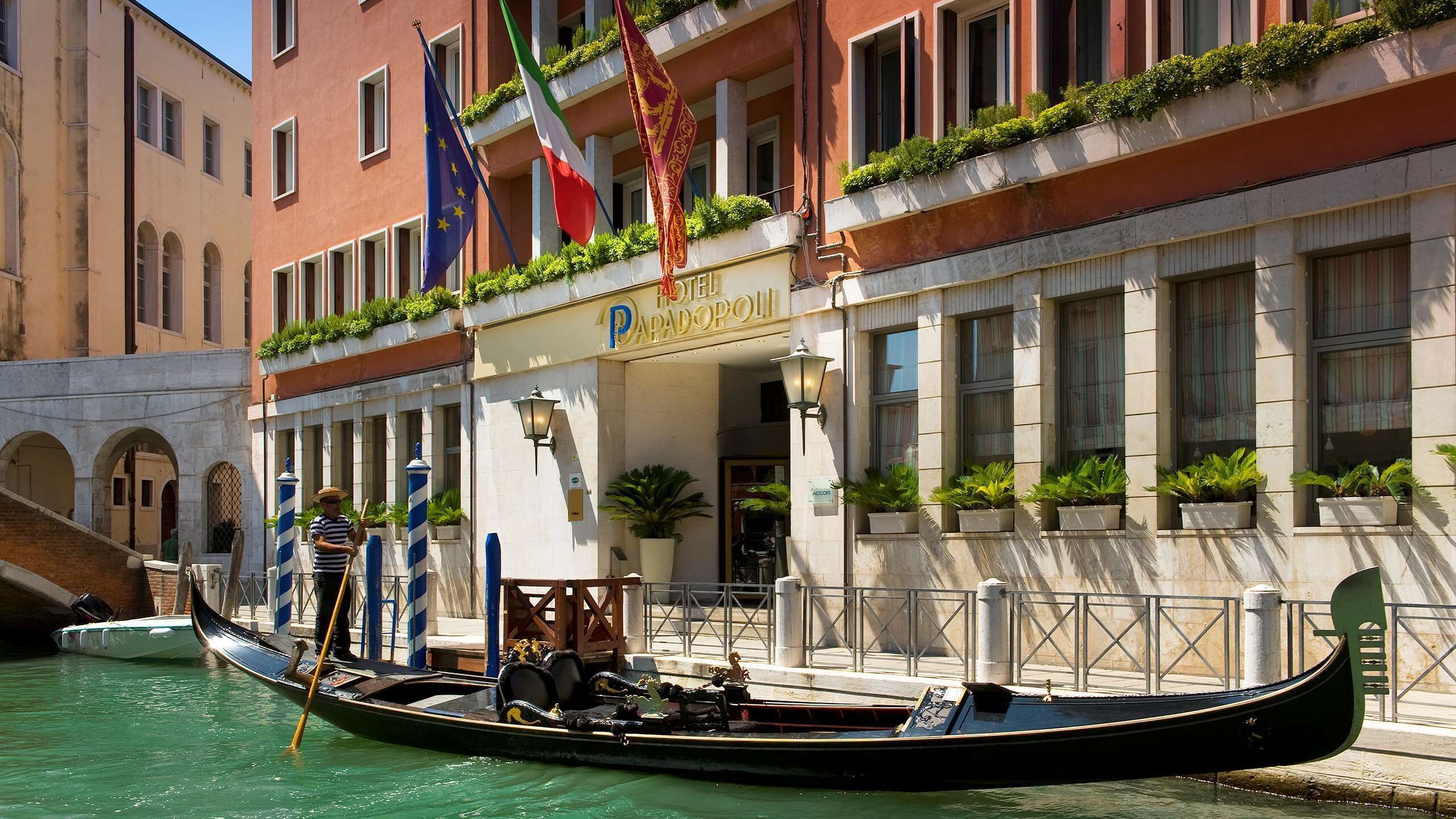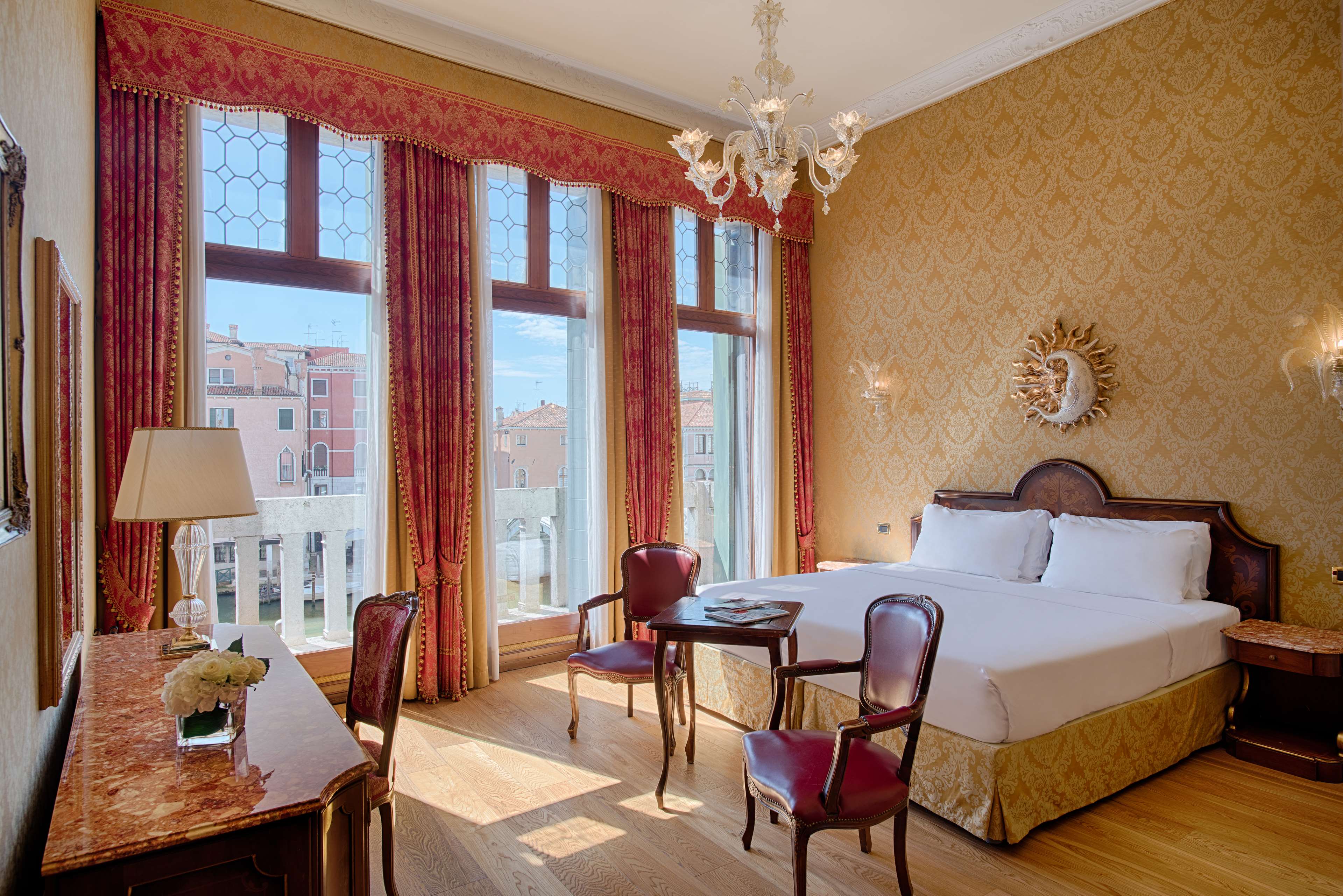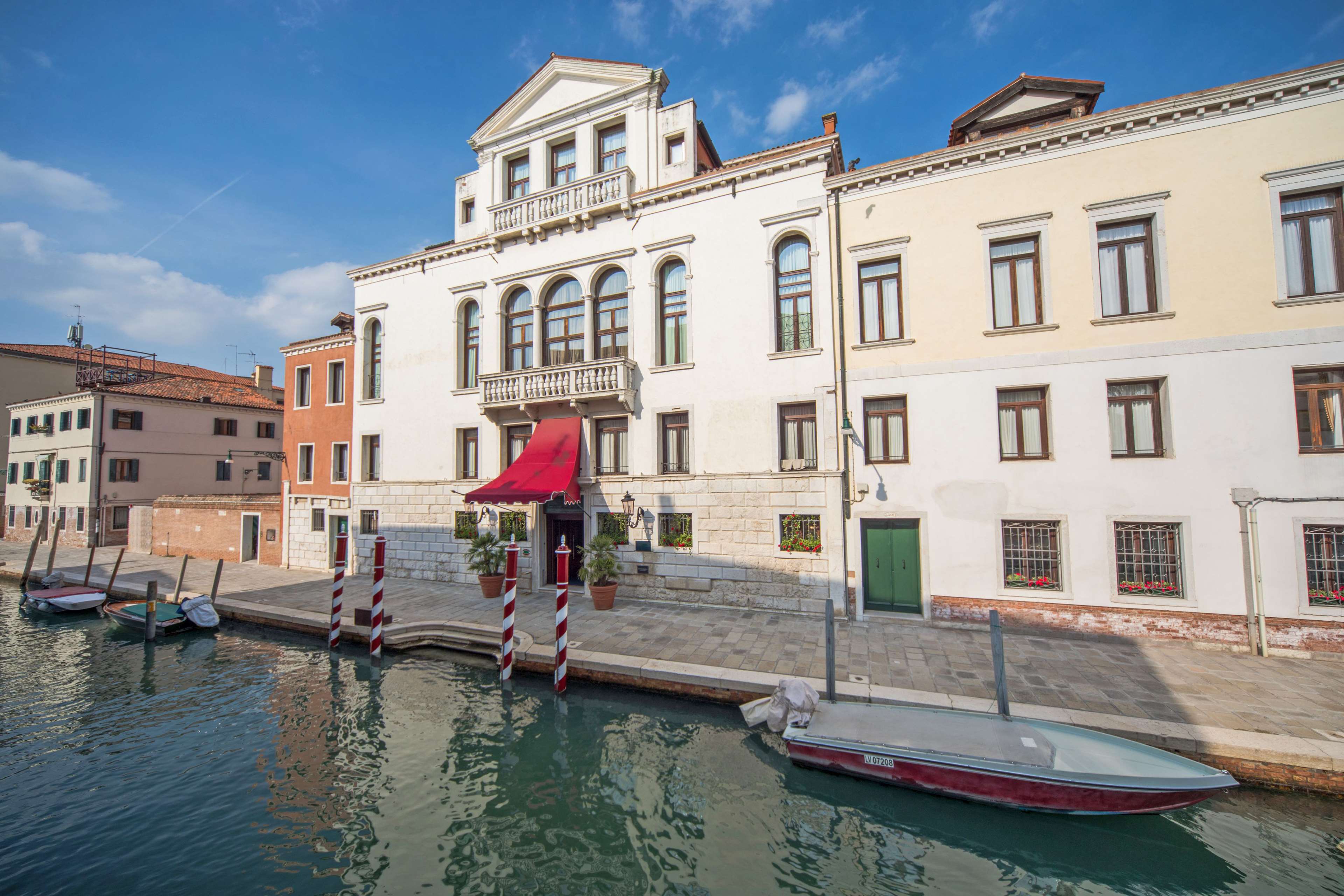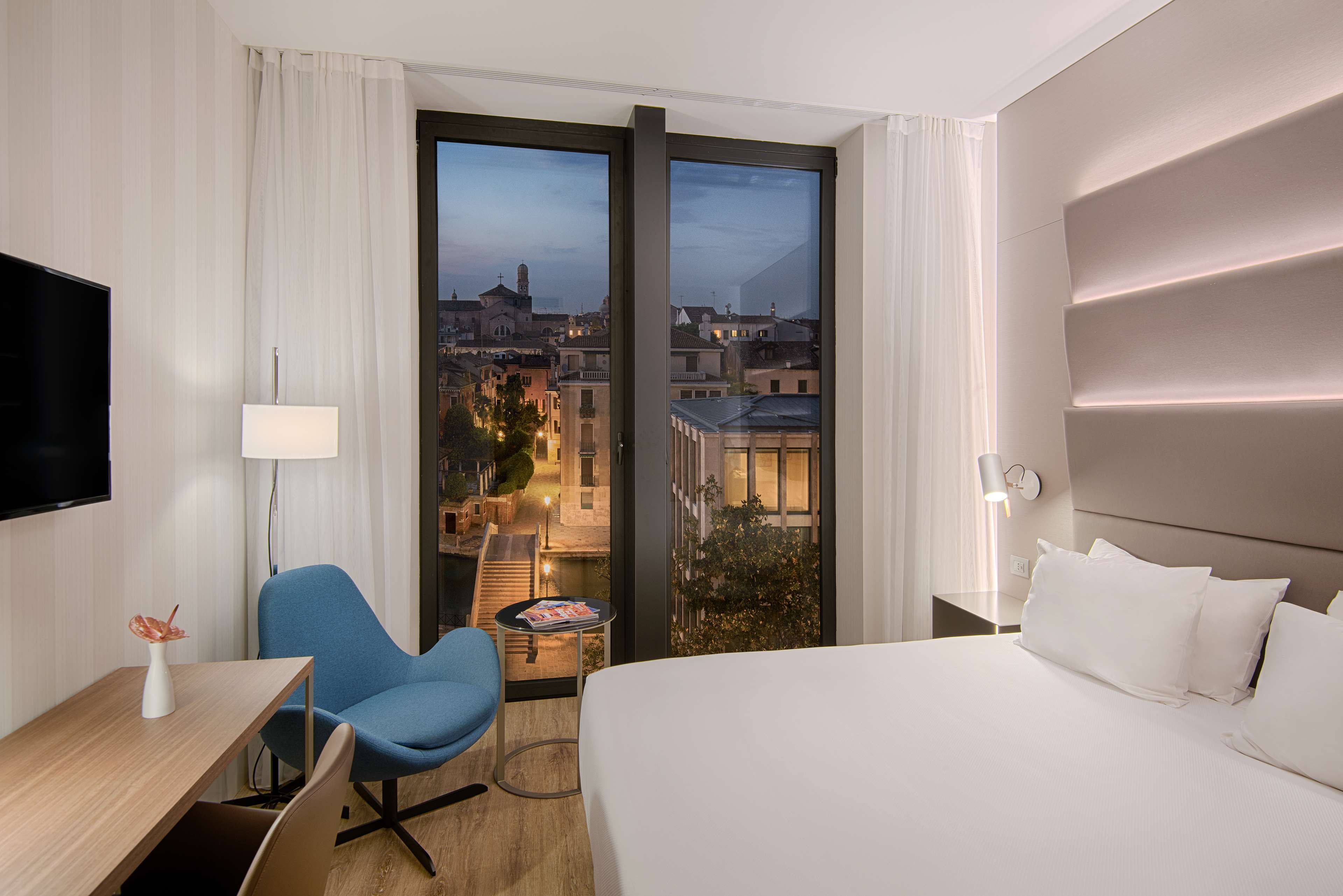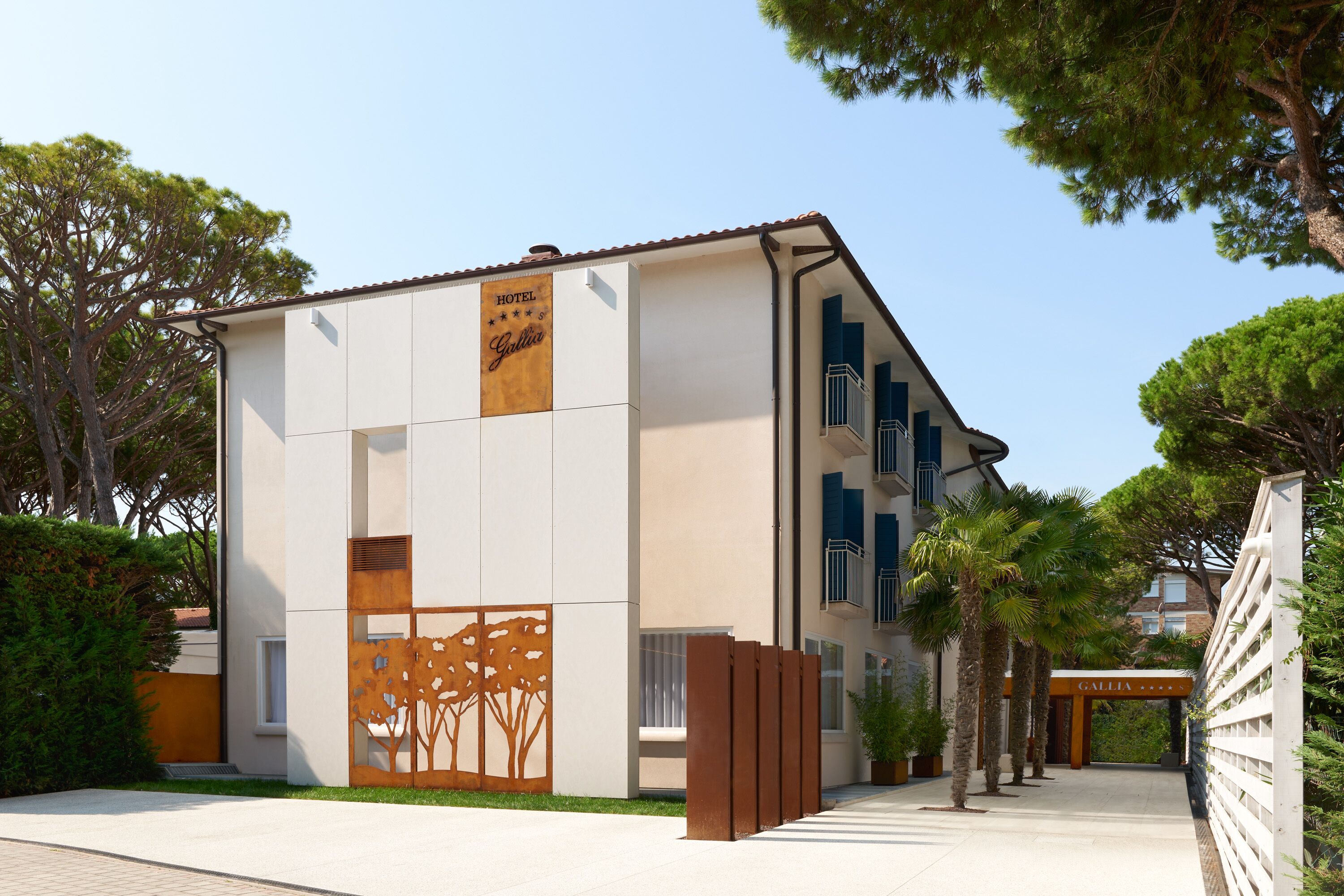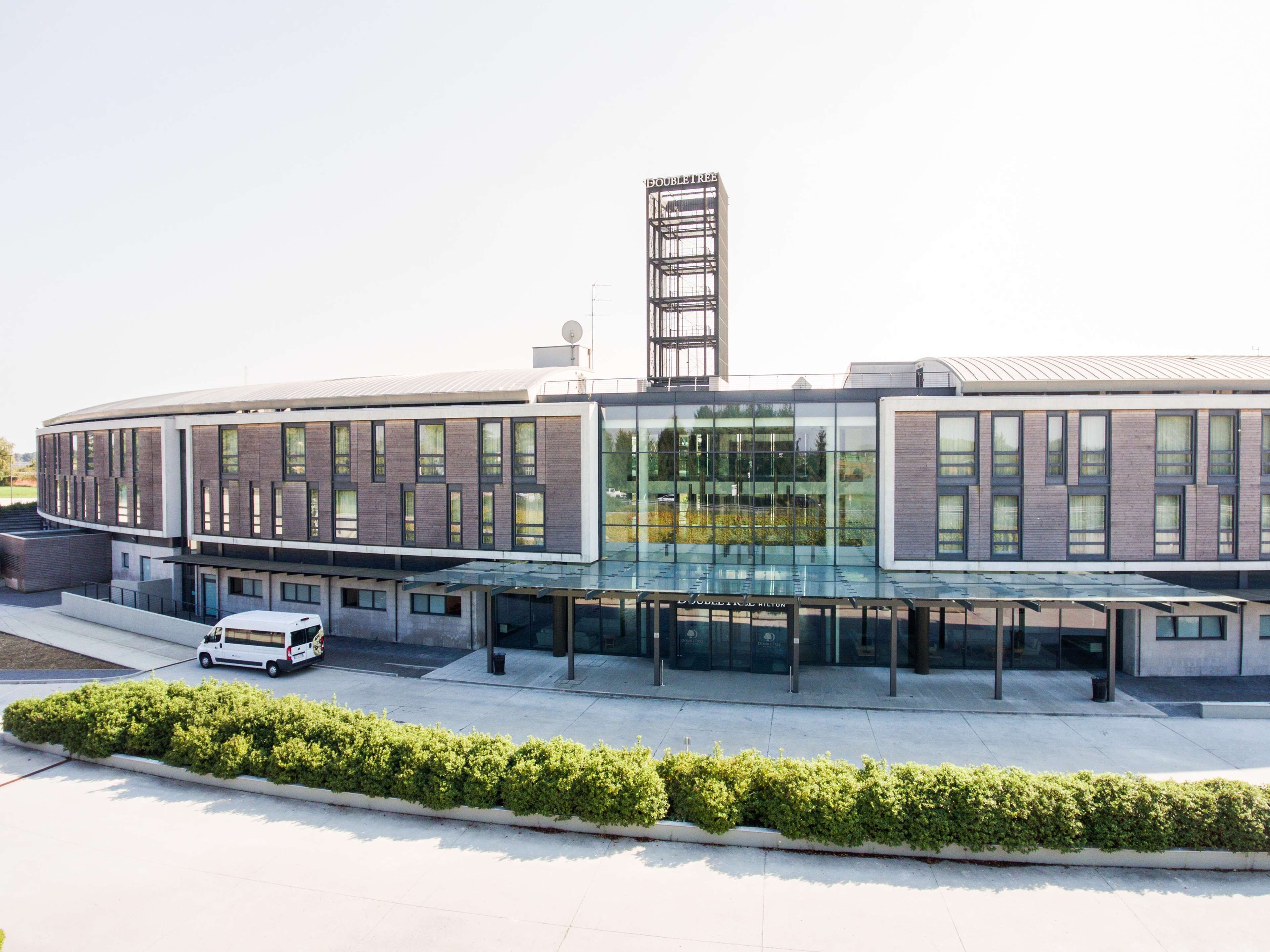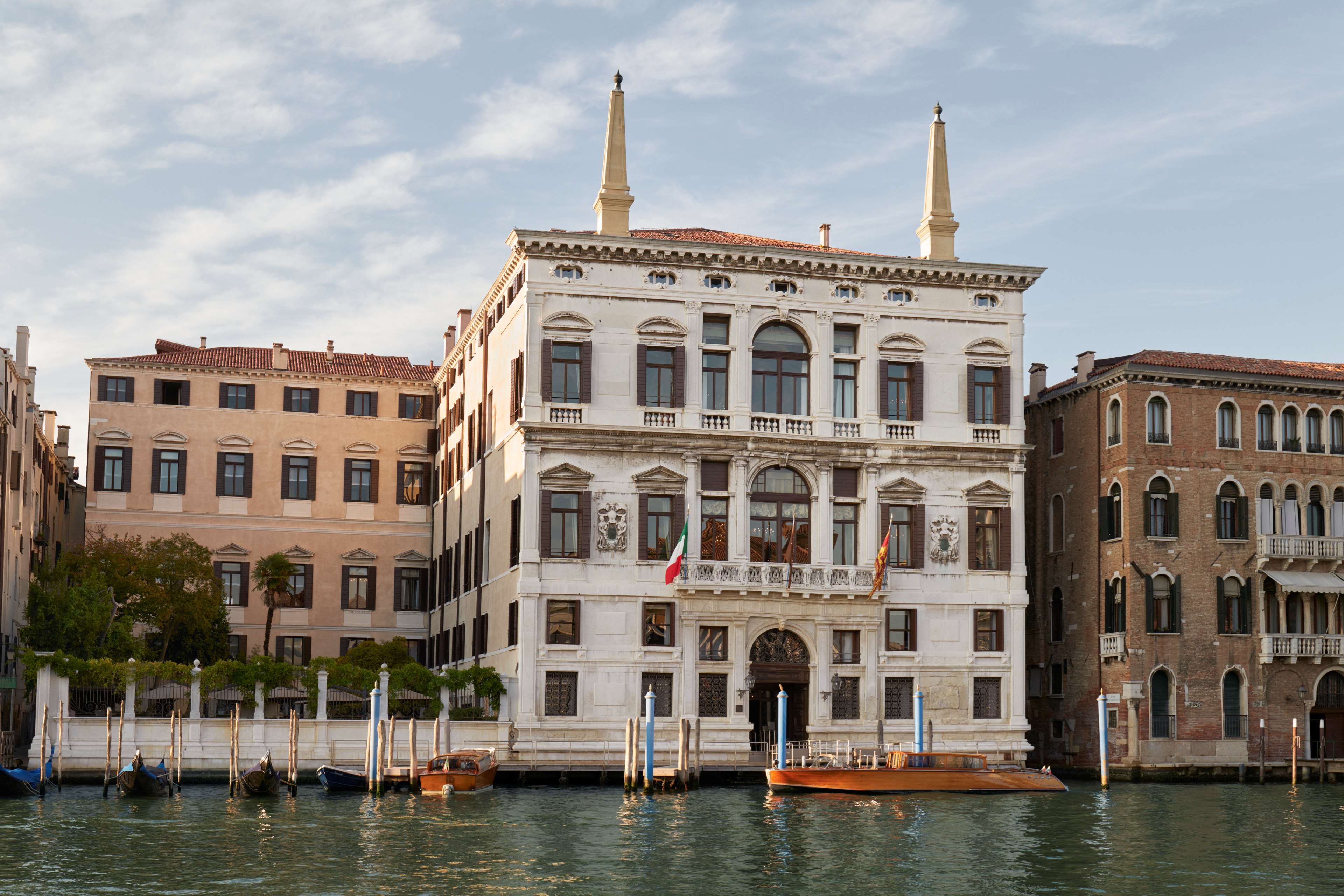The worst times to visit may be during the carnival and when it's raining; Venice can get very dark and rainy. Depending on when you visit, you might even have to buy waterproof shoes, which are sold on the streets for around €20. When it's raining there are mosquitoes and occasional infestations of flies. Spring and fall are probably best, a compromise between temperature (expect 5-15°C in March) and the tourist load. Between November and January, you may manage to feel you have Venice all to yourself, an interesting and quiet experience. Beware of the weather during the winter months: it can be quite cold, windy, and damp. Fog is an additional hazard if you are driving in or out, doubly so in the unlikely chance that you will pilot a boat. That said, if you've never been to Venice, it's better to go in summer than not to go. You won't regret it. Many cities are far worse in summer, and Venice has no cars, hence no smog.
Acqua alta (high water) has become a fact of life in Venice. The lagoon water level occasionally rises above the level of the squares and streets, flooding them. This can happen several times a year, at irregular intervals, usually in the colder months. Acqua alta usually lasts a few hours and coincides with high tide. You'll see raised walkways in side alleys ready to be pulled out when acqua alta hits. When the city begins to flood, sirens will sound to warn residents and businesses. If you speak fluent Italian, tune into news programs since their predictions of the times the flood begins and ends are usually on the spot. Normally, the tide rises and falls in six-hour cycles.
You can get an acqua alta map at the tourist offices either at the railway station or St Marks. This will show you the higher, dry routes and the ones with walkways set up during the various flood alerts. There is a tide measuring station at the Rialto vaporetto piers, and a noticeboard at the base of the Campanile in the Piazza San Marco that shows a live tide reading and predictions for the next few days.
Venice, Italy, is not only celebrated for its enchanting canals and historic architecture but also for its delightful Mediterranean climate. This coastal city experiences a climate that adds to its allure, making it an attractive destination year-round.
Mild Winters: Venice's winters are relatively mild compared to many other European cities. The average temperatures from December to February typically range from 3°C to 9°C (37°F to 48°F). While it can be chilly, Venice's winter charm is undeniable, especially when you can enjoy its iconic sights without the summer crowds.
Sunny Springs: Spring is a delightful time to visit Venice. From March to May, the city begins to bloom with vibrant colors as flowers come to life. The temperatures during this season range from 8°C to 18°C (46°F to 64°F). It's a perfect time for leisurely walks along the canals and exploring the hidden corners of the city.
Warm Summers: Venice truly comes alive in the summer months, from June to August. The weather is warm, with temperatures averaging between 18°C and 28°C (64°F to 82°F). While it can be crowded with tourists during this time, the sunny skies and lively atmosphere make it an ideal season for enjoying gondola rides and savoring gelato by the water.
Golden Autumns: Autumn in Venice, from September to November, is often considered one of the best times to visit. The weather remains pleasant, with temperatures ranging from 14°C to 23°C (57°F to 73°F). As the summer crowds dissipate, you can enjoy a more tranquil experience while still relishing the city's beauty.
Acqua Alta: Venice is known for its "acqua alta" or high water events, particularly in the autumn and winter months. During these periods, especially in November and December, Venice can experience flooding due to a combination of tides, winds, and rain. While it's a unique phenomenon to witness, it's a good idea to check the tide forecasts if you plan to visit during these months.
Year-Round Appeal: Regardless of the season, Venice's climate adds to its charm and makes it a destination with year-round appeal. Whether you're exploring historic sites or sipping espresso at a canal-side cafe, Venice's climate enhances your travel experience.
So, when planning your trip to Venice, consider the climate and the season that best suits your preferences. Whether you're drawn to the warmth of summer or the tranquility of autumn, Venice welcomes you with its Mediterranean climate and timeless beauty.


